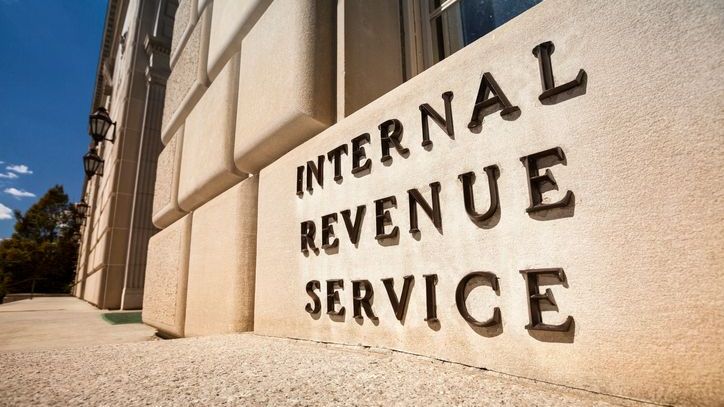Navigating the rules and regulations surrounding qualified retirement plans like 401(k)s can be complex, particularly when it comes to required minimum distributions (RMDs). When these mandatory withdrawals are not taken on time or in sufficient amounts, the funds that are not withdrawn will be considered excess accumulation and subject to tax penalties.
What Is a Qualified Retirement Plan?
Qualified retirement plans are retirement savings vehicles that meet the requirements of the Internal Revenue Code, allowing them to receive tax benefits. These plans are designed to provide a source of income during retirement and include features like tax-deferred growth, employer contributions and potential matching funds.
- Defined benefit plans: Promise a specified monthly benefit upon retirement, which is usually based on a formula considering factors like salary history and years of service.
- Defined contribution plans: Do not promise a specific benefit amount at retirement. Instead, employees and employers contribute to individual accounts, and the retirement benefits depend on the investment’s performance.
There is a wide range of qualified retirement plans, including:
Understanding RMDs

Excess accumulation happens when you fail to take the required minimum distribution (RMD) from a retirement account, which can result in a significant tax penalty on the undistributed amount.
Because the money in the account has not been taxed before, RMDs mandate account holders to withdraw a portion of their tax-deferred savings and pay taxes on it. This prevents indefinite tax deferral.
The IRS requires that individuals begin taking minimum distributions from their tax-deferred retirement accounts beginning at age 73 (75 for those turning 74 after Dec. 31, 2032).
These distributions are calculated based on the account balance at the end of the previous year and life expectancy tables provided by the IRS. The goal is to ensure that individuals spend down their retirement savings gradually, rather than leaving large sums untaxed.
Excess Accumulation Penalties
The IRS imposes hefty penalties for failing to take a prescribed RMD on time. Historically, the penalty was 50% of the amount not withdrawn. However, the SECURE 2.0 Act reduced this penalty to 25%, with the possibility of reducing it further to 10% if the RMD is corrected within two years.
Despite the reduction, the penalties can significantly impact retirement savings, making it imperative to adhere to RMD rules. For example, if a retiree is required to take a $20,000 RMD from her 401(k) but only withdraws $17,000, she will face a 25% penalty on the excess accumulation. As a result, she’ll pay a $750 penalty on the incorrect RMD ($3000*0.25) or $300 if she corrects the RMD within two years.
Excess Accumulation vs. Excess Contributions

While both excess accumulation and excess contributions involve penalties, they occur under different circumstances. Excess accumulation refers to the scenario where a person does not take their proper RMD, leading to potential penalties on the undistributed amount.
In contrast, excess contributions arise from contributing more than the annual limit to a retirement plan, resulting in annual excise taxes on the excess funds. Each type of retirement plan has specific contribution limits set annually by the IRS. Contributions exceeding these limits are considered excess contributions and are subject to penalties.
The IRS imposes a 6% excise tax on the excess amount for each year it remains in the retirement account. To mitigate these penalties, the excess contributions should be corrected by withdrawing the excess amount plus any earnings on that amount before the tax filing deadline for the year the contribution was made.
Causes of Excess Accumulation
Excess accumulation happens when an individual fails to withdraw the RMD by the required deadline. This can occur for several reasons, including:
- Lack of awareness: Many retirees may not be aware of the RMD rules or the specific amounts they need to withdraw.
- Miscommunication: Errors can arise if there is poor communication between the account holder and their financial advisor or retirement plan administrator.
- Market fluctuations: Significant gains in the retirement account can result in higher-than-expected RMDs, leading to excess accumulation if not adequately managed.
- Multiple accounts: Individuals with several retirement accounts might miss an RMD from one of their accounts, inadvertently causing excess accumulation.
Bottom Line
Managing your retirement accounts to avoid excess accumulation will help you comply with IRS regulations and shield your savings from tax penalties. Understanding RMDs and the potential penalties for failing to withdraw the required amounts can help you make informed decisions about your retirement strategy.
Retirement Account Contribution Tips
- As your income increases, so should retirement contributions. Adjusting contributions annually or with every raise can significantly boost retirement savings. Utilizing automatic escalation features, if available, ensures that contributions rise without requiring additional effort.
- A financial advisor can potentially help you find ways to increase the amount of money you contribute to tax-advantaged retirement accounts. Finding a financial advisor doesn’t have to be hard. SmartAsset’s free tool matches you with up to three vetted financial advisors who serve your area, and you can have a free introductory call with your advisor matches to decide which one you feel is right for you. If you’re ready to find an advisor who can help you achieve your financial goals, get started now.
Photo credit: ©iStock.com/imagedepotpro, ©iStock.com/Pgiam, ©iStock.com/Vadym Pastukh
Read the full article here
















